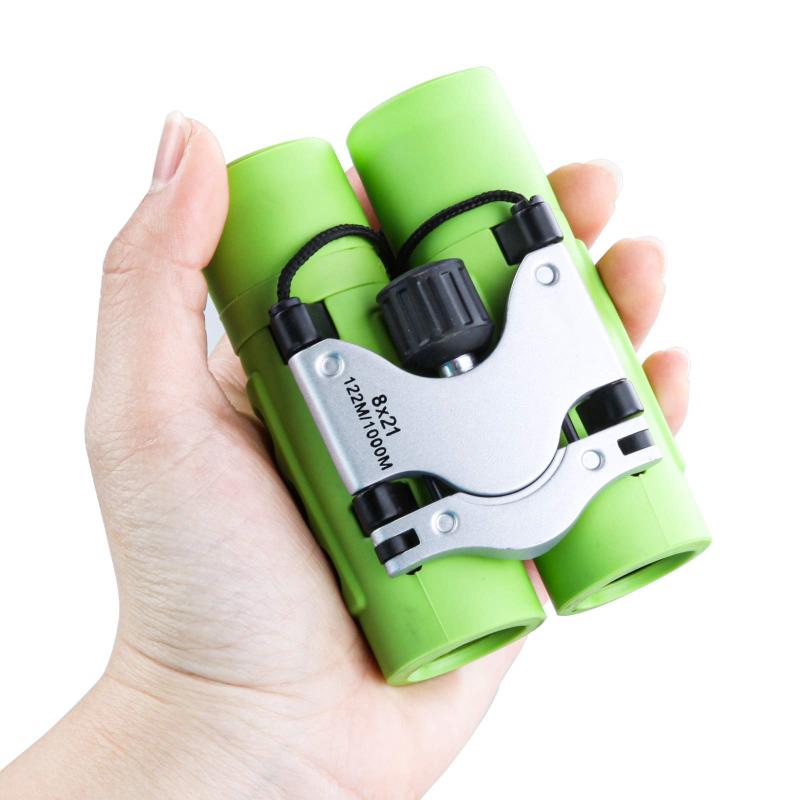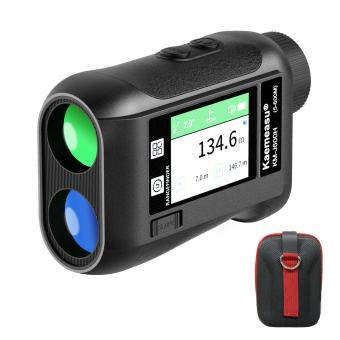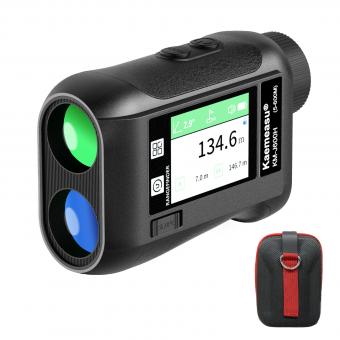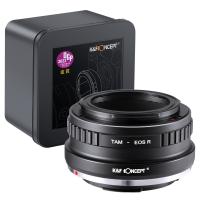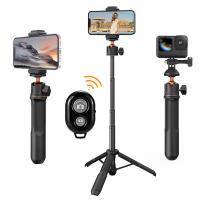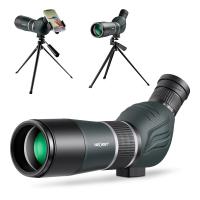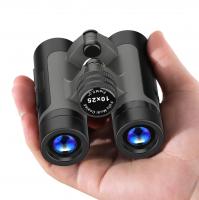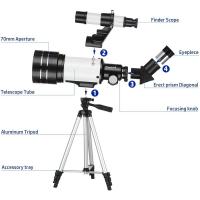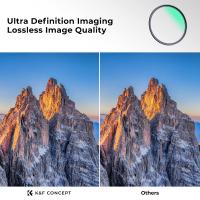What Magnification Binoculars ?
The magnification of binoculars can vary depending on the model and purpose. Common magnifications range from 8x to 12x, with some specialized binoculars offering higher magnifications. The choice of magnification depends on the intended use of the binoculars, such as birdwatching, stargazing, or general outdoor activities. Higher magnifications provide a closer view of distant objects but may result in a narrower field of view and reduced image stability. Lower magnifications offer a wider field of view and better image stability but may not provide as much detail for distant objects. It is important to consider factors like personal preference, intended use, and the steadiness of one's hands when selecting binoculars with a specific magnification.
1、 Optical magnification
The term "magnification binoculars" refers to binoculars that have a specific level of optical magnification. Optical magnification is the ratio of the apparent size of an object as seen through the binoculars to its actual size. It is a measure of how much closer an object appears when viewed through the binoculars compared to the naked eye.
The magnification of binoculars is typically denoted by a number followed by an "x". For example, 8x magnification means that the object appears eight times closer than it does to the naked eye. Common magnification levels for binoculars range from 8x to 12x, with some specialized models offering even higher magnification.
The choice of magnification depends on the intended use of the binoculars. Lower magnification, such as 8x, provides a wider field of view and is suitable for general-purpose use like birdwatching or sports events. Higher magnification, such as 10x or 12x, allows for more detailed observations but may result in a narrower field of view and a shakier image due to hand movements.
It is important to note that higher magnification does not always mean better. Factors such as the quality of the optics, stability of the binoculars, and the observer's ability to hold them steady can all affect the viewing experience. Additionally, higher magnification binoculars may require the use of a tripod or other stabilization methods to achieve a clear image.
In recent years, there has been a trend towards compact binoculars with lower magnification, such as 8x or 10x, that offer a balance between portability and performance. These binoculars are often favored by travelers, hikers, and outdoor enthusiasts who value lightweight and easy-to-carry equipment.
In conclusion, the choice of magnification binoculars depends on the intended use and personal preferences of the observer. It is important to consider factors such as field of view, image stability, and portability when selecting the appropriate magnification level.

2、 Digital magnification
Digital magnification refers to the ability of binoculars to digitally enhance the image being viewed, typically through the use of built-in cameras and image processing technology. Unlike traditional binoculars that rely solely on optical magnification, digital magnification allows users to zoom in on the image and capture photos or videos.
The specific magnification power of binoculars varies depending on the model and brand. Traditional binoculars typically have a fixed magnification power, such as 8x or 10x, which means they can magnify the image up to eight or ten times its original size. However, when it comes to digital magnification, the range can be much higher.
Some binoculars offer digital magnification capabilities of up to 30x or even higher. This means that users can zoom in on distant objects and observe them in greater detail. However, it's important to note that digital magnification has its limitations. As the image is digitally zoomed in, the quality and clarity may decrease, resulting in a loss of detail and increased image noise.
In recent years, there has been a growing trend towards hybrid binoculars that combine both optical and digital magnification. These binoculars offer the best of both worlds, allowing users to enjoy the benefits of optical magnification for clear and sharp images, while also having the option to digitally enhance the image when needed.
It's worth mentioning that the latest advancements in digital technology have led to the development of binoculars with higher digital magnification capabilities and improved image quality. Manufacturers are constantly striving to push the boundaries and provide users with the best possible viewing experience.
In conclusion, the specific magnification power of binoculars varies, but digital magnification allows for greater zoom capabilities. The latest advancements in digital technology have led to the development of binoculars with higher digital magnification capabilities and improved image quality.
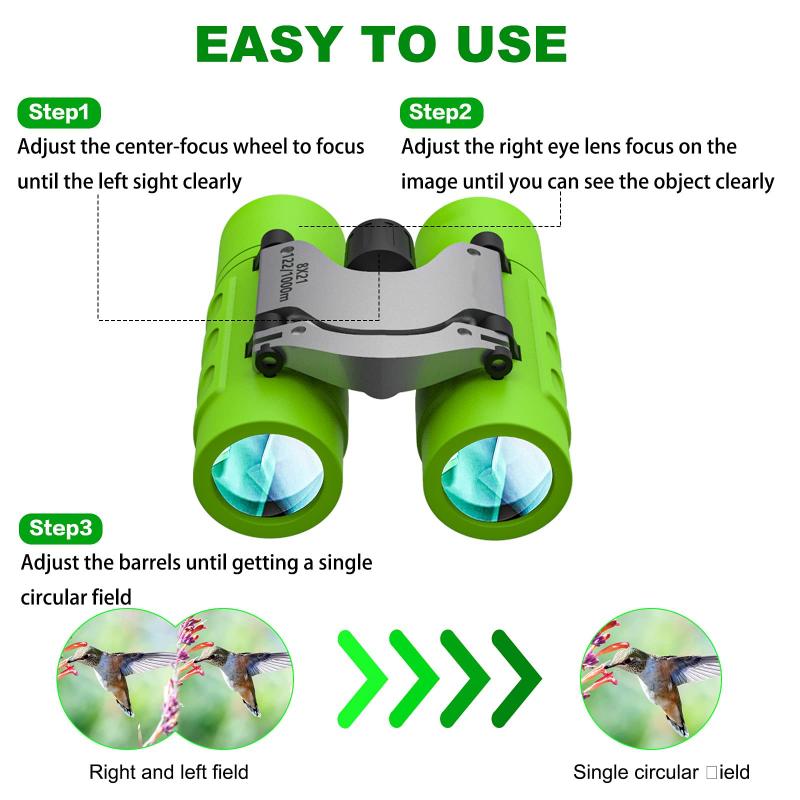
3、 Fixed magnification
Fixed magnification binoculars refer to binoculars that have a fixed level of magnification, meaning that the level of zoom cannot be adjusted. These binoculars typically have a single magnification power, such as 8x or 10x, which indicates that the object being viewed will appear 8 or 10 times closer than it would with the naked eye.
Fixed magnification binoculars are popular among outdoor enthusiasts, birdwatchers, and sports fans as they provide a stable and consistent level of magnification. They are also generally more affordable compared to variable magnification binoculars, which offer adjustable zoom levels.
The choice of magnification power depends on the intended use of the binoculars. For example, 8x magnification binoculars are commonly used for general outdoor activities, wildlife observation, and sporting events. They provide a good balance between magnification and field of view, allowing users to observe objects with reasonable detail while still maintaining a wide view of the surrounding area.
On the other hand, 10x magnification binoculars offer a higher level of zoom, making them suitable for activities that require more detailed observations, such as birdwatching or stargazing. However, they may have a narrower field of view, which can make it more challenging to track fast-moving objects.
It is worth noting that advancements in technology have led to the development of image stabilization systems in some fixed magnification binoculars. These systems help reduce hand tremors and vibrations, resulting in a steadier image even at higher magnification levels.
In conclusion, fixed magnification binoculars offer a consistent level of zoom and are available in various magnification powers. The choice of magnification depends on the intended use, with 8x and 10x being the most common options.

4、 Variable magnification
Variable magnification binoculars refer to binoculars that allow users to adjust the level of magnification according to their needs. These binoculars typically have a zoom feature that allows users to increase or decrease the magnification power.
The advantage of variable magnification binoculars is that they offer versatility and flexibility. Users can adjust the magnification level depending on the distance of the object they are observing. For example, if they are observing a bird that is far away, they can increase the magnification to get a closer view. On the other hand, if they are observing a bird that is closer, they can decrease the magnification to get a wider field of view.
Variable magnification binoculars are popular among birdwatchers, wildlife enthusiasts, and outdoor adventurers. They provide the convenience of having a range of magnification options in a single pair of binoculars, eliminating the need to carry multiple pairs with different fixed magnifications.
However, it is important to note that variable magnification binoculars may have some drawbacks. One potential issue is that the image quality may decrease at higher magnification levels. This is because the optics of the binoculars are optimized for a specific magnification range, and when pushed to the extreme, the image may become less sharp or distorted.
In recent years, there have been advancements in variable magnification binoculars, with manufacturers incorporating better optics and image stabilization technology. These improvements have helped to enhance the image quality and stability at higher magnification levels.
Overall, variable magnification binoculars offer convenience and flexibility for various outdoor activities. However, it is important for users to consider their specific needs and preferences, as well as the quality of the optics, when choosing a pair of binoculars.
